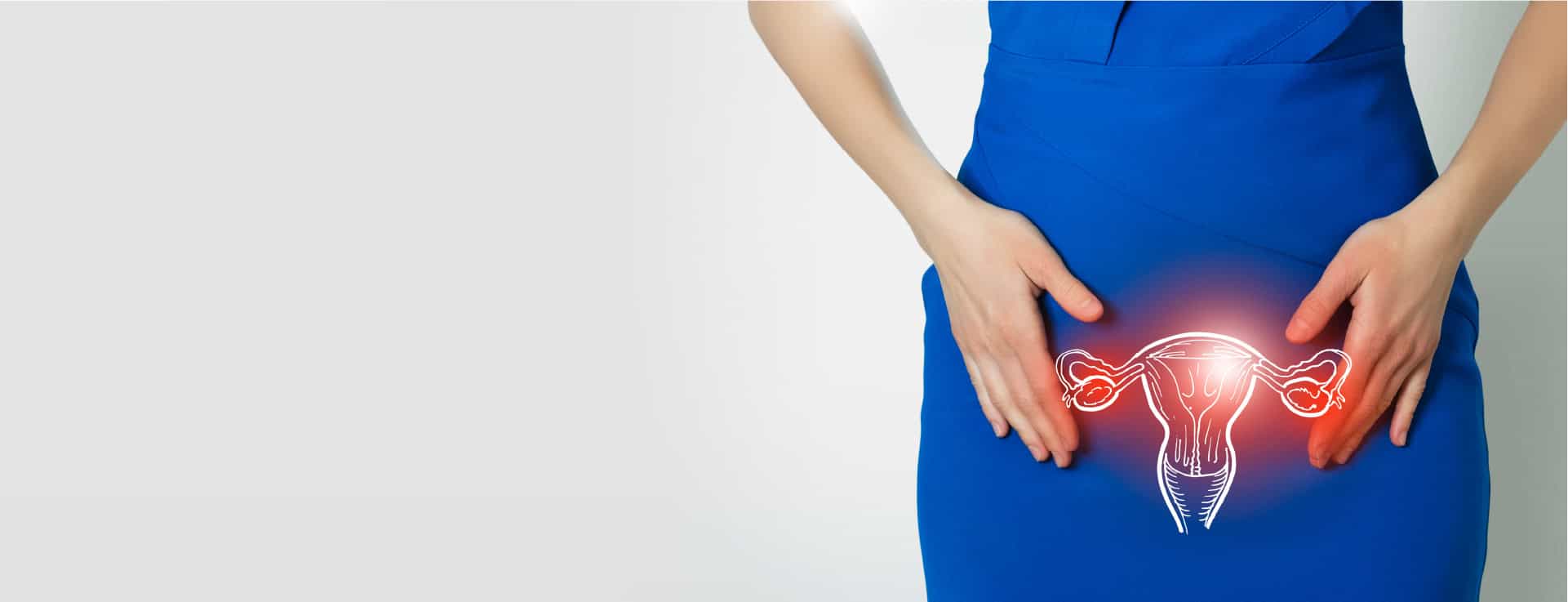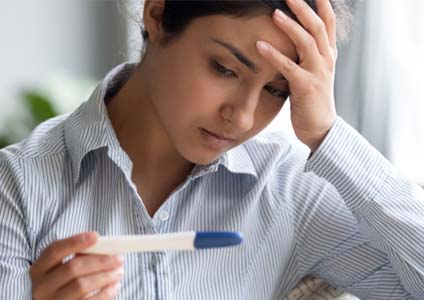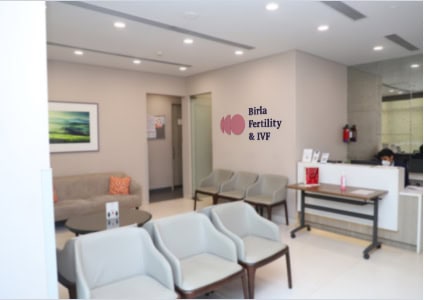Causes of Female Infertility
Ovulation, normal healthy sperm, healthy fallopian tubes, and a healthy uterus is a must for pregnancy to occur. Female infertility can result from age, physical problems, hormone issues, lifestyle, and certain medical treatments. Some common factors that can impact female fertility are listed below.
Age
Ageing is the most common explanation for female infertility. As the age of a woman increases, the quality and quantity of eggs decline. Ovarian reserve is an important indicator of female fertility that reflects the number of viable eggs present in the woman. Ovarian reserve is measured using a transvaginal ultrasound and a blood test. Advanced maternal age also increases the risk of miscarriage and chromosomal abnormalities in the embryo.
Ovulation Disorders
Irregular or no periods often indicate problems in ovulation. To become pregnant normal ovulation is a must wherein the ovaries produce and release an egg in every menstrual cycle. Hormonal imbalances and problems in the ovaries can result in ovulation disorders like:
Polycystic Ovary Syndrome (PCOS)
Hypothalamic Dysfunction
Premature Ovarian Failure
Excess Production of Prolactin
Problems with the Fallopian Tubes (Tubal Infertility)
Problems in the fallopian tubes can prevent pregnancy by either stopping sperm from reaching the egg or by blocking the passage of the fertilised egg into the uterus. Fallopian tubes can be damaged or blocked due to several reasons including:
Infections
History of Surgery in the Abdomen or Pelvis
Endometriosis
Endometriosis is a progressive disorder characterised by abnormal growth of the tissue that forms the lining of the uterus (endometrium) outside the uterus. This excess tissue growth as well as surgical treatment of endometriosis can result in scarring and obstructions in the fallopian tubes. Endometriosis can also affect fertility in less direct ways by negatively impacting the lining inside the uterus and disrupting implantation of the embryo.
Uterine or Cervical Problems
Problems in the uterus or cervix can interfere with implantation and increase the likelihood of miscarriage. These issues can arise from benign polyps or tumours in the uterus, endometriosis scarring or inflammation within the uterus and congenital abnormalities like T-shaped uterus.
Lifestyle
Unhealthy habits like consumption of alcohol, tobacco, and illicit drugs as well as unsafe sexual intercourse can harm fertility. Being overweight or obese can also affect normal ovulation.
Treatments for Female Infertility
Treatment for female infertility depends on several factors including cause of infertility, age of the patient, and personal preferences. In some cases, combination of several treatments may be required. Some treatment options are:
Ovarian Stimulation
Fertility drugs or hormone therapy can be used to stimulate ovulation. This treatment is often used in ART procedures like IVF and IUI and is a preferred treatment for women with infertility due to ovulation disorders.
Surgical Intervention
Certain surgical procedures are used to detect and treat issues in the reproductive system. These include laparoscopic or hysteroscopic surgeries used to correct problems like polyps and abnormal uterine shape as well as tubal surgeries used to treat issues like blockages in the fallopian tubes.
Assisted Reproductive Technology
ART procedures are significantly effective in treating a wide range of fertility problems, including tubal infertility. IVF and IUI are the most used methods of reproductive assistance.

 Our Centers
Our Centers










